Nitric Oxide health benefits you should know about
Nitric oxide is produced in our bodies naturally, as we age our bodies produce less NO, so we need to create more Nitric Oxide by consuming more foods that help to produce NO or by taking a food supplement. I am going to explain Some Nitric Oxide health benefits you should know about, is there a connection between heart disease and Nitric Oxide and why would you use NO as a remedy for a heart attack?
What is Nitric Oxide?
Nitric oxide (NO) is a far-reaching signaling molecule that plays a vital role at a cellular level and in every organ function in our bodies. Nitric oxide is an extremely responsive molecule, it is produced in a variety of locations in the body and involves distinct isoforms and non-synthetical paths.
Nitric oxide is a significant molecule because of its involvement in a broad range of biological actions throughout the body.
NO keeps our blood vessels regular leading to good blood flow, it does this by activating the lyase enzyme in the smooth muscle of the vascular system. Not only that NO keeps platelets apart (preventing a blood clot) it is responsible for leucocyte adhesion (critical for the immune system’s normal functioning). No also controls oxygen consumption because it inhibits Cytochrome c oxidase.
Nitric oxide production
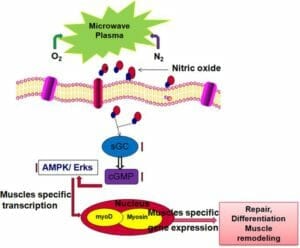 When nitric oxide production is inhibited or reduced it can result in dysfunction of the endothelial followed by cardiovascular issues, atherosclerosis, or angina.
When nitric oxide production is inhibited or reduced it can result in dysfunction of the endothelial followed by cardiovascular issues, atherosclerosis, or angina.
The endothelial is referred to as cells that form a lining around the surface of our blood and lymphatic vessels, it forms a boundary between flowing blood, lymph inside the lumen, and the remainder of the blood vessel wall.
The endothelial is a narrow layer or a single layer of squamous cells known as endothelial cells.
Endothelial dysfunction
Several studies have shown that if the endothelial isn’t functioning normally it is significant in the prediction of a heart attack or stroke because the arteries are unable to dilate fully.
This dysfunction may have been caused by high blood pressure, high cholesterol, diabetes, or smoking. Endothelial dysfunction has been shown to happen before atherosclerosis develops, atherosclerosis features not normal hardening and thickening of the arterial walls leading to a loss of flexibility.
This can lead to a heart attack or stroke.
Endothelial dysfunction tests
A physician will conduct a test to measure the flow of blood to the heart muscle. It’s a 2-step process, the first step is to administer a drug adenosine, which will normally cause the small blood vessels going to the heart to dilate, and the needle is inserted into one of the coronary arteries.
Then the blood flow can be measured. Step 2 a different drug called adenosine which typically causes the large arteries to dilate is injected and again the blood flow is measured.
Diagnosis
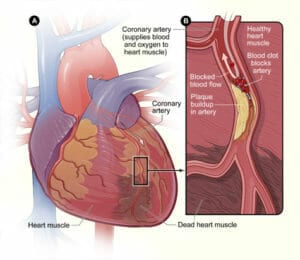
Should either of the tests show a decrease in blood flow to the heart muscle, endothelial dysfunction, and microvascular heart disease will be made.
If there is evidence of a lack of blood flow to the heart and coronary arteries the problem will be treated medically.
Endothelial dysfunction treatment
Normally the medical treatment will incorporate a healthy diet and exercise, this has been shown to decrease the risk of other harmful diseases such as type two diabetes and hypertension. Because the heart is a muscle and like all muscles, it needs a good aerobic workout, this will get the heart pumping and will speed up the breathing.
Medical interventions may include:
Nitrate therapy
Lipid-lowering drugs
Ace inhibitors to treat heart failure and high blood pressure
Blood pressure medication
External counterpulsation therapy (supplies the heart with some extra oxygen-rich blood when resting)
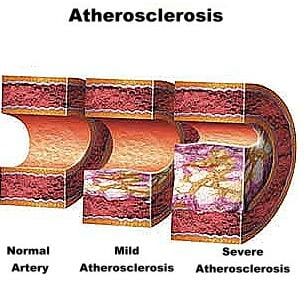 Heart Disease and Nitric Oxide
Heart Disease and Nitric Oxide
Heart disease or blood vessel disease consists of several issues that relate to a condition called atherosclerosis. This is a condition that occurs when plaque starts to build up in the arterial walls, the build-up of this substance narrows the arteries.
This makes it harder for the blood to flow and may cause a blood clot to form, the blood clot can stop the flow of blood to the heart muscle leading to a heart attack or stroke.
Symptoms in men of a blood clot in the coronary artery can be chest pain, sweating, breathlessness, nausea, and indigestion. Symptoms in the elderly, in women, or others with diabetes may be non-specific.
Heart disease treatments
Heart attack: Medications such as clot busters (these need to be given as soon as possible following specific types of heart attacks) Bypass Graft Surgery-Coronary Artery Bypass-Coronary Angioplasty
Stroke: Clot buster medication as a matter of urgency (within 3 hours) from the start of symptoms of specific types of strokes.
Natural Nitric Oxide treatment for a heart attack
We have established that nitric oxide is critical to the smooth running of blood flow to the heart muscle, we have also established that aging has a part to play in the reduction of Nitric Oxide production in our bodies.
So how do we increase Nitric Oxide production to protect us against a heart attack or stroke or how do we clear the arteries of the plaque build-up that caused a heart attack or stroke?
Is Nitric oxide in foods?
Dr. Louis Ignarro a physiologist along with two other doctors was given the Nobel prize in medicine for the discovery that Nitric Oxide was a critical signaling molecule for the cardiovascular system in the body.
Dr. Ignarro wrote a book on the subject of Nitric Oxide and its effect on the cardiovascular system, you can purchase the book on Amazon Click on the link below this amazing discovery sparked off a lot more research into Nitric Oxide production. The results were a range of natural supplements containing L-arginine and L-Citrulline Vitamin B6 & B12 along with other ingredients. But can we produce enough Nitric Oxide from eating foods?
The top 5 foods to eat to increase nitric oxide
1. Chocolate (Dark)
In a recent article, the suggestion was that flavanols in cocoa could help to bring about and optimize nitric oxide levels, dark chocolate is also nice on the palate!
2. Spirulina
Spirulina is one of the superfoods with a high level of plant protein, minerals, vitamins, and chlorophyll to protect cells and improve nitric oxide levels. Spirulina contains the amino acid L-arginine essential to the production of nitric oxide.
The superfood algae spirulina is full of vitamins and minerals, cell-protective chlorophyll, and can improve nitric oxide levels.
Spirulina does this thanks to its high levels of plant protein. It’s 70% protein by weight, and that includes the amino acid L-arginine, which your body uses to make nitric oxide, spirulina can be bought in powder form or organic green juice.
3. Leafy vegetables
Green leafy vegetables are the most nitrate-rich foods that you can eat, arugula is a cruciferous vegetable, it contains more nitrates than any other green vegetable (480 mg per 100 gms) followed closely by butter leaf lettuce 200mg per 100 gms. Always buy organic greens to be sure they are sprayed with pesticides. Leafy green vegetables and arugula are rich in nitrates and help to increase nitric oxide levels in the body.
4. Beetroot
Beetroot or beetroot juice runs arugula a close second because its nitrate content is 279 mg per 100 gms, although beets are not to everyone’s taste they do have the ability to improve nitric oxide levels.
Getting beets in your diet is another great way to increase your nitric oxide levels. Regular beets come in after leafy greens for nitrate levels, and may not be everyone’s favorite for taste, but they can mix well in a salad. If you decide to drink beet juice watch out for the sugar content.
5. Desmodium
Desmodium, also known as Desmodium gangeticum, is a perennial Indian herb. It is used as a heart tonic by ayurvedic healers, they also use it for treating upper respiratory infections, indigestion, and worms.
My story
I had cardiovascular issues, and as a fit 45-year old I almost died from a massive heart attack, I was lucky to survive. For the past five years, I have been taking ProArgi 9 plus to remove plaque from my arteries, you can read more by Clicking Here.
Increasing Nitric Oxide by supplementation
There are many supplements on the market that claim to increase nitric oxide production, they don’t all work the same because some companies skimp on the ingredients and focus on selling at a low price. In my experience the best food supplement to increase Nitric Oxide must contain some if not all the following ingredients:
1. L-Arginine 5 grams
2. L-Citrulline 200 Mg
3. Vitamin C 60 mg
4. Vitamin D 5 ug
5. Vitamin B 6 2 mg
6. Vitamin B 12 3 ug
7. Vitamin K 20 ug
8. Folic acid 200 ug
Nitric Oxide Tablet versus Powder
There is one big reason for taking your L-Arginine supplement in powder form and that is it will absorb faster into your system and start to work on removing plaque buildup in your arteries.
Acknowledgments
https://www.ncbi.nlm.nih.gov/pmc/articles/PMC2953417/
http://www.heart.org/HEARTORG/Support/What-is-Cardiovascular-Disease_UCM_301852_Article.jsp#.W4eDns5KjIU
Related Articles:
Nitric Oxide benefits your heart
Circo2 Nitric Oxide essential to a healthy immune system

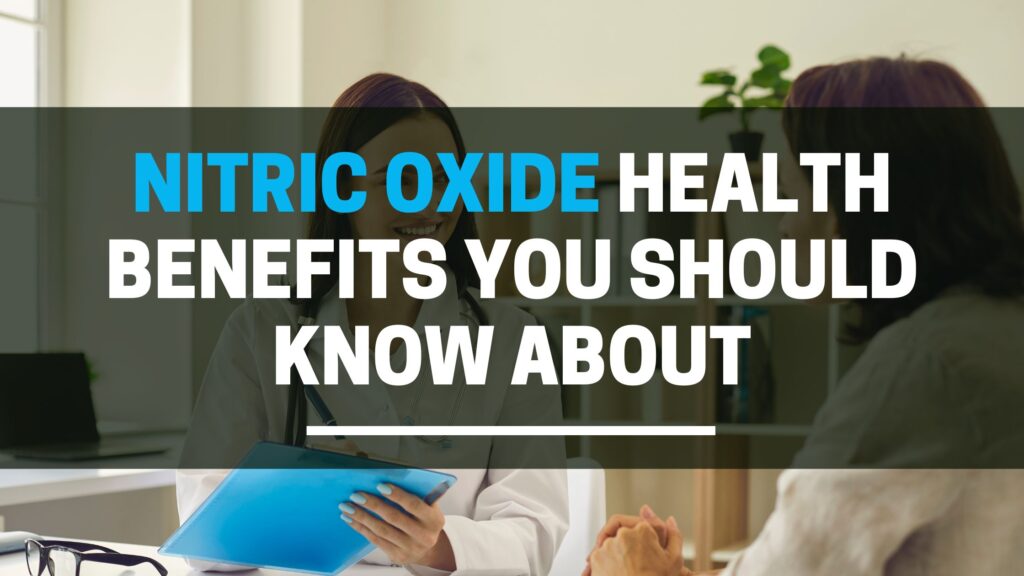

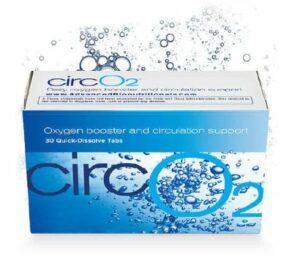
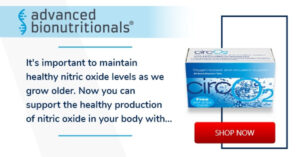
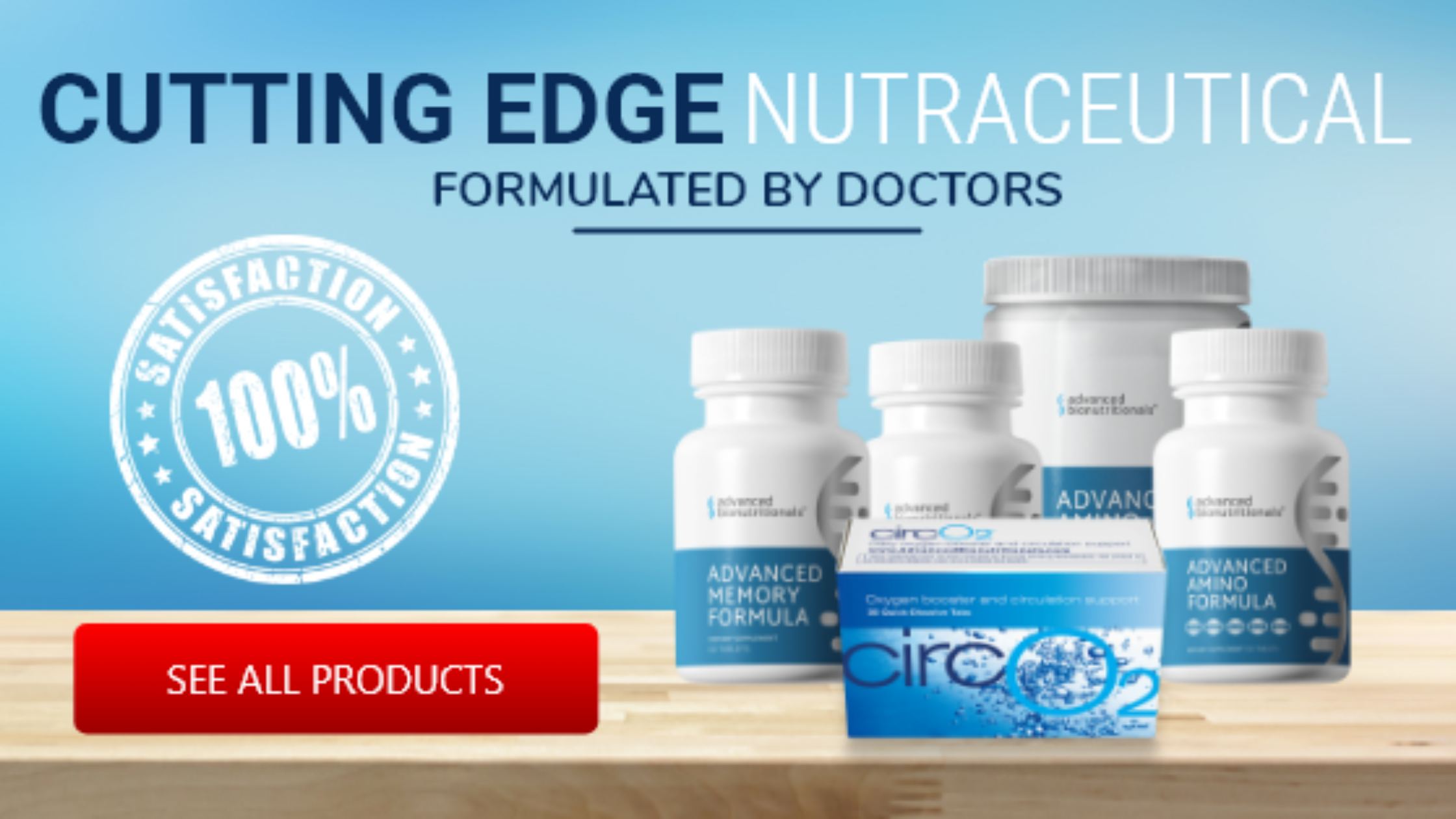
Pingback: About me: Writer of Lower Cholesterol Serrapeptase
Thanks David
Awesome article. I never knew how much diet could make a difference in this case. Keep up the great work!!